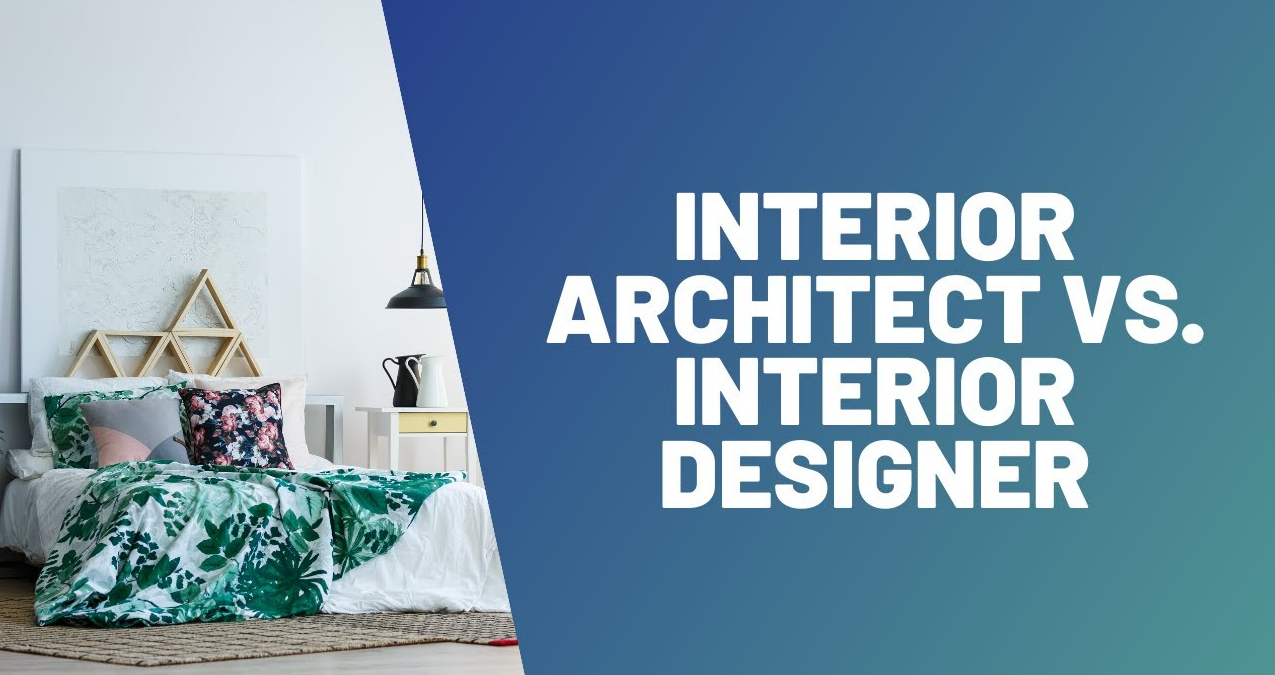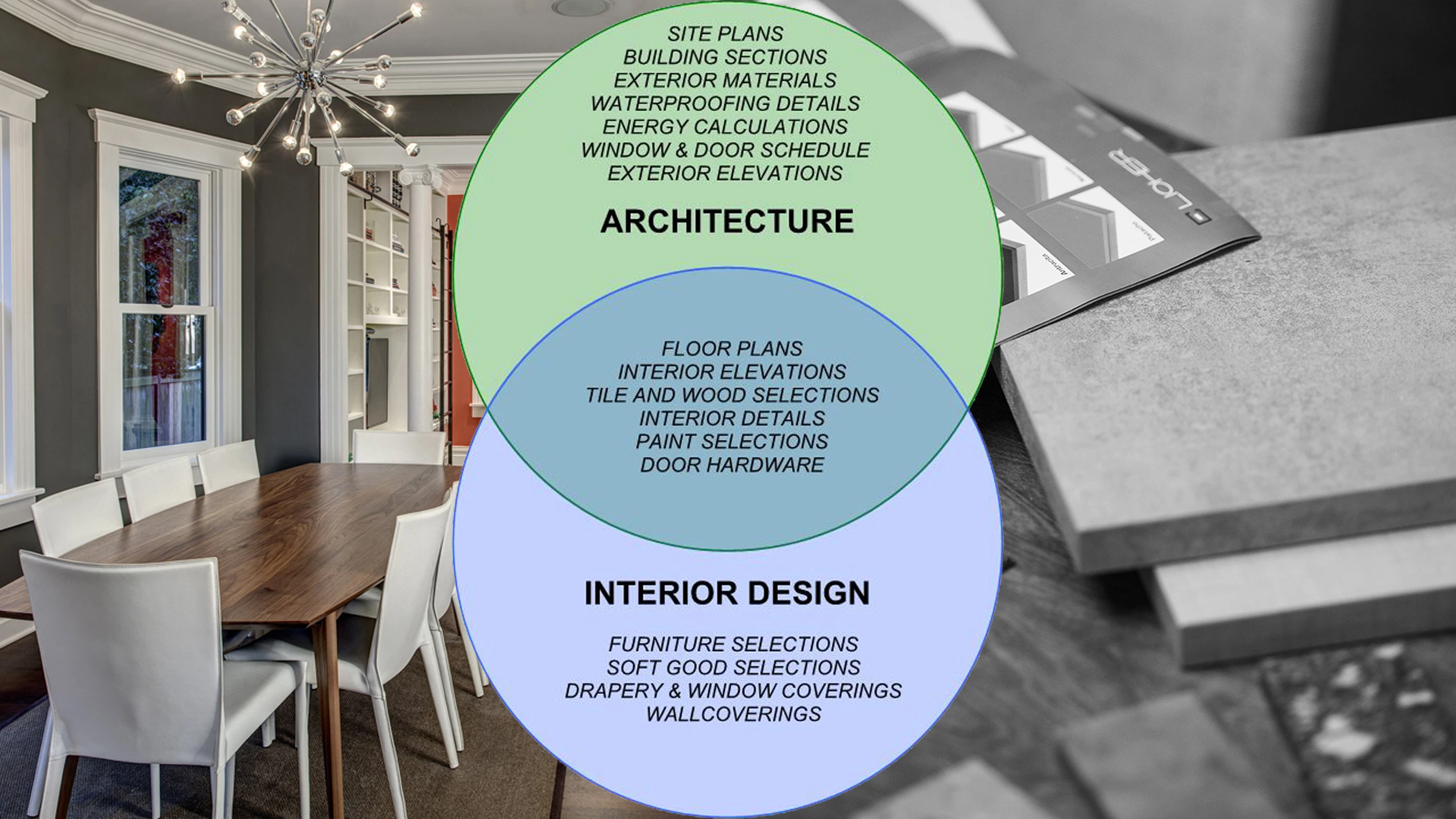The Art of Equilibrium: How Interior Design and Home Designer Collaborate for Stunning Outcomes
In the realm of home style, striking an equilibrium in between aesthetic appeals and capability is no small accomplishment. This fragile equilibrium is achieved with the unified cooperation in between interior designers and designers, each bringing their one-of-a-kind competence to the table. The outcome? Rooms that are not just visually sensational yet additionally exceptionally livable. However, this ideal mix is not constantly very easy to achieve. Stay with us as we discover the complexities of this collaborative procedure and its transformative impact on home style.
Recognizing the Core Differences Between Inside Style and Home Design
While both interior layout and home architecture play crucial roles in developing aesthetically pleasing and functional rooms, they are inherently different techniques. It deals with the 'bones' of the structure, working with spatial measurements, load-bearing walls, and roofing system designs. On the other hand, indoor layout is more concerned with boosting the sensory and aesthetic experience within that framework.
The Synergy Between Home Design and Interior Decoration
The synergy between home style and Interior Design depends on a shared vision of style and the improvement of functional aesthetic appeals. When these two fields straighten sympathetically, they can transform a living area from ordinary to remarkable. This cooperation requires a deeper understanding of each self-control's concepts and the capacity to develop a natural, aesthetically pleasing setting.
Unifying Design Vision
Merging the vision for home style and Interior Design can develop an unified home that is both useful and visually pleasing. The equilibrium starts with an integrated attitude; engineers and indoor developers work together, each bringing their proficiency. This unison of ideas forms the design vision, a blueprint that overviews the task. This common vision is crucial for uniformity throughout the home, making certain a liquid shift from exterior design to interior spaces. It promotes a synergistic approach where building components enhance Interior Design components and vice versa. The outcome is a natural living room that shows the property owner's lifestyle, individuality, and preference. Therefore, unifying the design vision is essential in blending architecture and Interior Design for sensational outcomes.
Enhancing Useful Aesthetic Appeals
Just how does the harmony in between home style and indoor design enhance functional aesthetic appeals? Designers lay the groundwork with their structural design, ensuring that the space is useful and efficient. An architect could make a home with big windows and high ceilings.
Importance of Cooperation in Creating Balanced Spaces
The partnership between interior developers and designers is critical in creating well balanced spaces. It brings consistency between layout and design, giving birth to spaces that are not just aesthetically pleasing yet also useful. Checking out effective collective strategies can give insights right into exactly how this harmony can be successfully achieved.
Balancing Layout and Design
Balance, a crucial aspect of both Interior Design and design, can only absolutely be accomplished when these 2 fields job in consistency. This harmony is not simply a visual consideration; it influences the functionality, resilience, and inevitably, the livability of an area. Interior engineers and developers have to comprehend each various other's duties, value their knowledge, and communicate effectively. They have to take into consideration the interplay of architectural aspects with decor, the flow of areas, and the influence of light More Info and color. This collaborative process leads to a natural, well balanced design where every aspect adds and has a purpose to the overall aesthetic. Harmonizing design and architecture is not simply about creating stunning rooms, but concerning crafting rooms that function flawlessly for their residents.
Successful Joint Methods

Situation Researches: Effective Integration of Style and Style
Analyzing several instance research studies, it emerges how the effective integration of Interior Design and design can change an area. The Glass Residence in Connecticut, renowned for its minimalistic style, is one such example. Engineer Philip Johnson and interior designer Mies van der Rohe teamed up to produce a harmonious balance in between the inside and the framework, resulting in a smooth flow from the outside landscape to the inner living quarters. An additional exemplar is the Fallingwater Residence in Pennsylvania. Architect Frank Lloyd Wright and indoor designer Edgar Kaufmann Jr.'s collective efforts bring about a strikingly unique home that mixes with its natural environments. These instance research studies underscore the profound effect of a successful style and style collaboration.

Getting Rid Of Challenges in Layout and Design Cooperation
In spite of the indisputable advantages of a successful cooperation between Interior Design and design, it is not without its challenges. Interaction issues can emerge, as both celebrations may use different terms, understandings, and techniques in their work. This can cause misunderstandings and hold-ups in project conclusion. An additional major obstacle is the balancing act of aesthetics and performance. Engineers may prioritize structural stability and security, while designers concentrate on convenience and style. The combination of these purposes can be complex. Furthermore, spending plan and timeline restrictions usually add stress, potentially triggering breaks in the collaboration. Effective communication, shared understanding, and concession are crucial to conquer these difficulties and attain a unified and effective collaboration.

Future Fads: The Developing Partnership Between Home Architects and Inside Designers
As the world of home layout continues to progress, so does the relationship in between engineers and interior developers. The trend leans in the direction of a more integrated and joint strategy, breaking devoid of traditional functions. Architects are no longer only focused on structural honesty, yet also take part in boosting aesthetic appeal - Winchester architect. On the other hand, interior developers are embracing technical facets, affecting overall layout and performance. This advancing symbiosis is driven by developments in innovation and the growing demand for areas the original source that are not only visually pleasing however sustainable and also useful. The future guarantees a much more cohesive, cutting-edge, and adaptive method to home design, as designers and designers remain to obscure the lines, promoting a connection that genuinely symbolizes the art of equilibrium.
Final thought
The art of equilibrium in home layout is achieved via the harmonious cooperation between indoor designers and engineers. Despite obstacles, this partnership promotes development and technology in design.
While both indoor design and home design play essential Read More Here functions in creating visually pleasing and useful spaces, they are naturally various self-controls.The synergy in between home architecture and interior layout lies in a common vision of design and the enhancement of useful aesthetic appeals.Linking the vision for home style and interior layout can create a harmonious living room that is both functional and visually pleasing. Therefore, unifying the layout vision is essential in mixing style and interior style for spectacular outcomes.
Exactly how does the harmony in between home architecture and interior style boost functional looks? (Winchester architect)